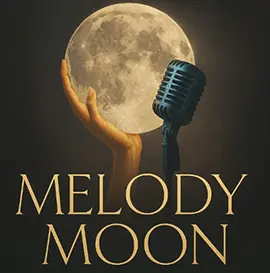Essential Details Artists Need to Know About Contracts
As an artist, understanding contract terms is crucial for protecting your work and ensuring fair compensation. Contracts can be complex, filled with legal jargon that may be unfamiliar. Knowing what to look for in a contract helps you navigate these agreements confidently. This guide aims to highlight key contract terms every artist should understand, ensuring you are well-equipped when entering into agreements with galleries, agents, or other parties.
The Importance of Clear Payment Terms
Payment terms are vital in any contract. They specify how and when you will receive payment for your work. Look for details such as the amount you will be paid, any advance payments, and the schedule of payments. Without clear payment terms, you may face delays or disputes over compensation. Ensure all financial aspects are explicitly stated and agreed upon before signing.
Ownership Rights Explained
Understanding ownership rights is essential for protecting your creative output. These rights determine who owns the artwork after it is sold. Some contracts might transfer ownership entirely, while others allow you to retain some rights, such as reproduction rights. During contract negotiation, make sure you are clear about what rights you are granting to the other party and which ones you wish to retain.
The Role of Termination Clauses
A termination clause outlines the conditions under which a contract can be ended by either party. It’s crucial because it provides an exit strategy if things don’t go as planned. Conditions could include breach of agreement, lack of payment, or failure to meet deadlines. When engaging in contract negotiation, ensure these clauses are fair and protect your interests.
Understanding Non-Disclosure Agreements (ndas)
Non-disclosure agreements protect sensitive information shared between parties. As an artist, you might come across NDAs when discussing potential projects with clients or collaborators. An NDA ensures that any trade secrets or proprietary ideas remain confidential. Before signing, ensure you understand the scope of the NDA and its limitations on sharing information.
The Significance of Indemnity Clauses
An indemnity clause shifts risk from one party to another. It often requires one party to compensate the other for certain losses incurred during the agreement’s execution. This is important in case of unforeseen events where liability is unclear. Review indemnity clauses carefully to understand your obligations and potential risks involved.
Dispute Resolution Options
Contracts often include methods for resolving disputes, such as arbitration or mediation. These options provide alternative ways to address conflicts without going to court, saving time and money. Be sure the dispute resolution method included is agreeable to you, as this will dictate how disagreements are handled.
Ensuring Clarity With Definitions
Definitions clarify specific terms used throughout a contract, eliminating ambiguity. They outline what certain words mean within the context of the agreement. Check this section carefully to avoid misunderstandings later on. Clear definitions ensure everyone interprets the contract terms in the same way.
Final Thoughts on Navigating Artist Contracts
Understanding these key contract terms empowers artists like you to safeguard your work and interests effectively. At Melody Moon, we specialize in helping artists secure favorable contracts. Contact us at (336) 530-8352 for expert guidance on navigating contracts effortlessly. Based in Kernersville, NC, we are committed to supporting artists in realizing their creative visions while securing their livelihoods.
